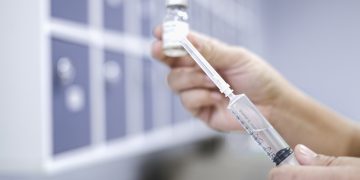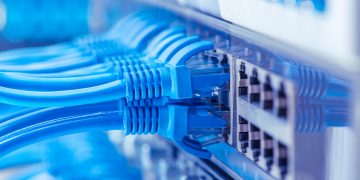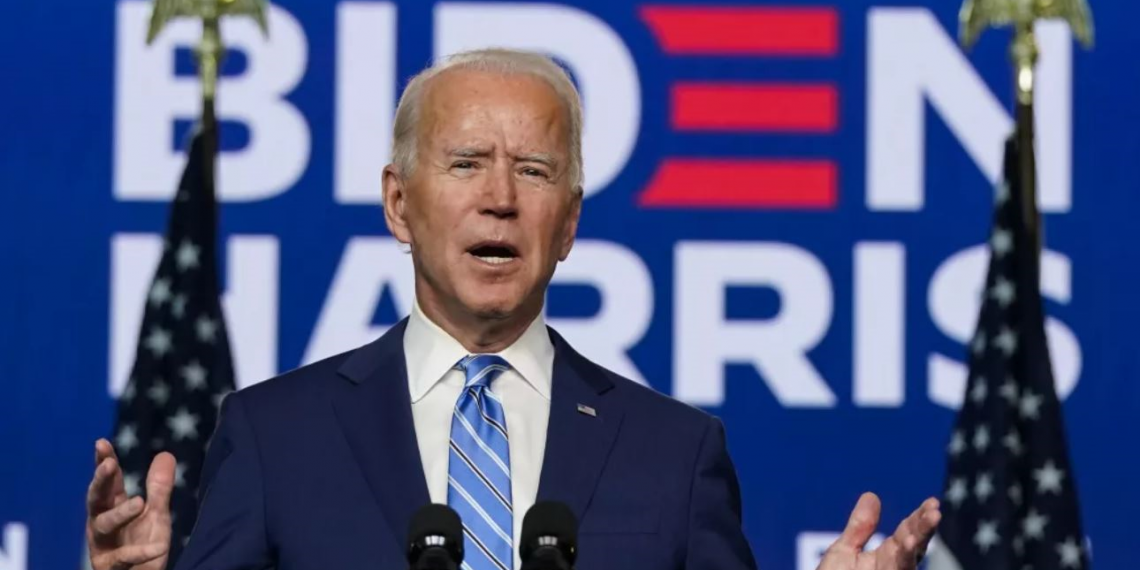President Joe Biden arrived at Pittsburgh recently, where his run for the presidency was initiated in the year 2019, for taking the wraps off his subsequent major legislative concern – an extensive plan for modernizing US infrastructure.
In line with the White House, the infrastructure program costing $2.25 trillion incorporates funds for an extensive array of projects, from improving as well as maintaining highways, waterways, and bridges to investing $100 billion during the subsequent 8 years for setting up broadband throughout non-urban America. Biden’s program likewise ensures to minimize the broadband cost for low-income people in order to make broadband less expensive.
While delivering a speech recently, Biden referred to the fact that in excess of 30 million US citizens, which includes 35% rural Americans, reside in locations which do not have any broadband access. And it’s usually quite costly in urban as well as suburban markets where broadband is offered. This fact creates digital inequalities by hitting minority households harder than white individuals. The coronavirus outbreak has made the problems even more obvious, particularly for students who found it quite tough to connect to the web for distance education.
The Build Back Better agenda happens to be a comprehensive endeavor which the president claims is going to improve the economy, minimize economic inequality, plus manage climate change by lowering carbon emissions. This spending program goes well past merely dealing with updates and maintenance to the transit systems and highway of the country, with advancements to electrical grids and water systems, along with investment in high-speed broadband.
The plan also emphasizes reducing greenhouse gas emissions via the usage of electric vehicles, as well as financing for research and advancement to target locations in which the United States is lagging behind China, for example, batteries and semiconductors.
There are a couple of main parts in Biden’s proposal. The first, known as the American Jobs Plan is focused on conventional infrastructures, such as highways and bridges, along with broadband development. The next initiative, which is going to be announced in the month of April, will be focusing on financing policy areas which, according to Biden, will aid in rebuilding the post-COVID-19 economy, for example, child tax credits as well as paid leave, in addition to pre-kindergarten education. Billions will likewise be put toward packages for supporting the handicapped and elderly, together with initiatives for cost-effective housing infrastructure as well as manufacturing.
According to Biden, the 2 parts of his program, taken together, will help in lifting up the American middle class.
Although stuff like putting an end to the digital divide as well as more conventional infrastructure concerns such as enhancing and maintaining highways, waterways, and bridges are typically bipartisan issues, the substantial price tag plus the expansive characteristics of Biden’s program will probably face strong resistance from the Republicans as well as a few moderate Democrats in Congress. Biden is planning to cover the spending with an increment of taxes for affluent Americans as well as big companies. He guaranteed that US citizens who are generating under $400,000 annually won’t see any increment in taxes.
Rural broadband to receive a boost
According to the White House, the plan is going to provide cost-effective, dependable, and high-speed broadband to every single American citizen, including in excess of 35% of rural Americans who are lacking access to broadband internet at minimally acceptable speeds.
This program will make sure that Americans residing in rural areas are going to have access to high-speed broadband. Moreover, it will make broadband less expensive to the thousands of people living in urban as well as suburban markets where the service is costly, as per the White House.
Rich Fitzgerald, the Allegheny County Executive, representing the county in Pennsylvania where the plan will be presented by Biden, stated that the investment in broadband facilities is very much required. He also mentioned that although urban regions such as Pittsburgh as well as its surrounding suburbs might be properly connected to broadband, accessibility to high-speed internet is nevertheless lacking in lots of rural areas.
This problem of the digital divide has bothered policymakers for a long time. Regardless of the fact that a considerable amount of money is expended by the federal government every year for getting more Americans connected, there are nevertheless no less than 20 million Americans having no access to broadband.
Even though this problem has been talked about by the policymakers for a long time, the matter has taken on a fresh urgency during the last year as the Covid-19 pandemic and the resulting lockdown presented a stark reminder that it is no more a luxury to have adequate broadband. With the shutting down of educational institutions and offices across the country, the internet has turned out to be as essential to everyday life just like running water and electricity.
Biden said during his campaign that he would certainly expand broadband to every single American. His campaign guaranteed $20 billion for the rural broadband infrastructure for wired as well as wireless networks to aid in bringing internet access to locations where it does not exist at this moment. Additionally, it assured to include assistance for regional municipalities aiming to develop their personal broadband networks.
Funds have already been allocated by Congress for addressing the digital divide since the outbreak started last year. Federal funding was used by as many as 6 states for financing broadband infrastructure initiatives. One such state happened to be Mississippi, providing $65 million funding to grants for electrical co-ops, which utilized the money for speeding up the development of gigabit-speed broadband internet services on the fiber-optic infrastructure.
Funds allotted by Congress in the COVID relief bill in December are now used to offer a $50 per month subsidy to low-income folks to spend on broadband service. Additional money for broadband is being derived from the most recent COVID relief legislation.
However, it seems that that the Biden administration as well as Democrats prefer to go bigger. Previously this month, the Affordable, Accessible Internet for All Act was introduced in the House and Senate which would designate $94 billion for making cost-effective broadband access available across the country. The guidelines are an attempt to bring an end to the digital divide and provide digital equity to numerous Americans.
According to Democrats, the time is now ripe for making significant changes, much as what was done by the federal government almost a hundred years ago when it introduced electrical energy to rural America.
























